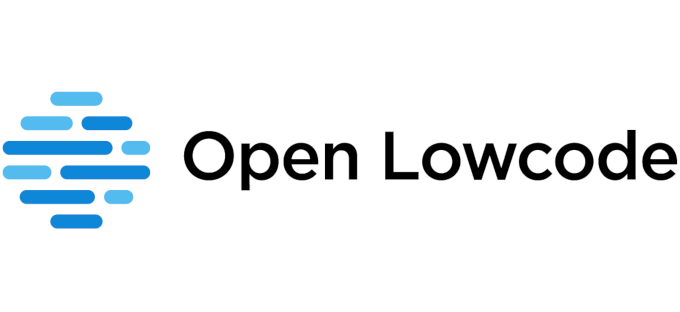Why you need a good low-code platform
Low-code has been around for decades, under several names, while never becoming a leading technology. The idea is to automatize as much as possible the development of an application, and limit development to only the parts where specific business logic is required.
Alternative, and leading, approaches for enterprise include buying a packaged software already implementing business logic, or custom development. Recently, custom development has focused to reusing the very powerful technologies born in the consumer internet in the enterprise domain.
The two leading approaches have generated many frustrations. Packaged software makes your company a captive customer, something the vendors have noticed. As most software vendors come through a middle-age crisis, milking a captive customer base may be a very attractive alternative (for them) compared to innovating on new generation products which would likely have lower margins. Also, it is often very hard to extend packaged software to adapt to precise business needs, many products not having clean interfaces for extension.
Custom development using consumer internet technologies looks attractive, as most of the great consumer applications are excellent. However, many companies may not have access to the required development skills, and so, the result may be very different from what your favorite application at home looks like. Those consumer technologies also have an history of rapid evolution and changes (remember Flash, anyone?) that may require rewriting the applications every few years, whereas for many companies, a software can last 10 to 40 years, and, when a version is stable in production with all users trained, there is almost always a negative business case to performing an upgrade, and a better use of the company money somewhere else.
Also, consumer internet product ergonomics may not be the best suitable for enterprise software running critical and complex processes. While the simplicity that has been the focus of consumer internet is attractive, when observing people actual work, capacity to process quite large amount of data at once (100s to 10.000s dataset is typical), and to perform complex actions, is critical. Ergonomics for enterprise software require some thoughts about power-users, and the features they need (powerful key shortcuts…). A power-user interface may looks more like an aircraft cockpit (the quintessential power-user GUI), than a trendy site with two buttons. Of course, a good enterprise product needs to combine this with being accessible to beginners.
Consumer products have also focused on mobile, whereas, in daily life of companies, a large majority of real work is done on a big screen, keyboard and mouse, and for good reasons. While ordering a cab or looking for an address on your phone is great, just try to type a long e-mail including copy-pasting and some formatting on your mobile phone, and coming back to your PC will be a delightful pleasure. And e-mail is some of the simplest things employees of big organizations do.
Not all is black and white of course. For a small or medium organization, just buying an accounting software from a vendor makes sense. And generally, whenever there is a business norm (let’s say accounting standards), and the topic is not considered differentiating for an enterprise, buying off-the-shelf software may make sense, being cautious of vendor lock-in. Also, some simple services (travel booking, holiday validation…) in large companies may be very successfully performed as web or mobile applications.
However, there is a large space, probably around 30% of IT needs in a small organization, and up to 80% of the needs in large organizations, where an in-house application would be the optimal solution. This is everywhere where excellent power-user ergonomics is required, perfect implementation of specific needs would bring a lot of value, and low cost of ownership would significantly help the bottom-line.
A good low-code platform allows the development and deployment of such in-house applications at the most reduced cost possible. On trials done with Open Lowcode, some rather simple applications that would have cost around 30-60 K€ with typical projects were deployed with 1 to 2 days of effort. A typical 300 K€ medium-sized project was delivered for 10 times less. Operations can also be very cheap through the use of a full Open stack (in our case Linux and Maria DB), and good performance tuning allowing the application to run on small servers that require typically 10 to 20 times less resources than less nimble software.
With Open Lowcode, you can experiment this approach with the guarantee of open-source: absolutely no vendor lock-in. Also, you can request extensions directly to the authors of the framework for a fee with a defined planning. Your extensions will become part of the framework, with no maintenance cost for you, and you will benefit from extensions requested by other companies. So you have at least as much, and probably much more guarantee than using paid-for software. Why not give it a try?




Leave a Reply
Want to join the discussion?Feel free to contribute!